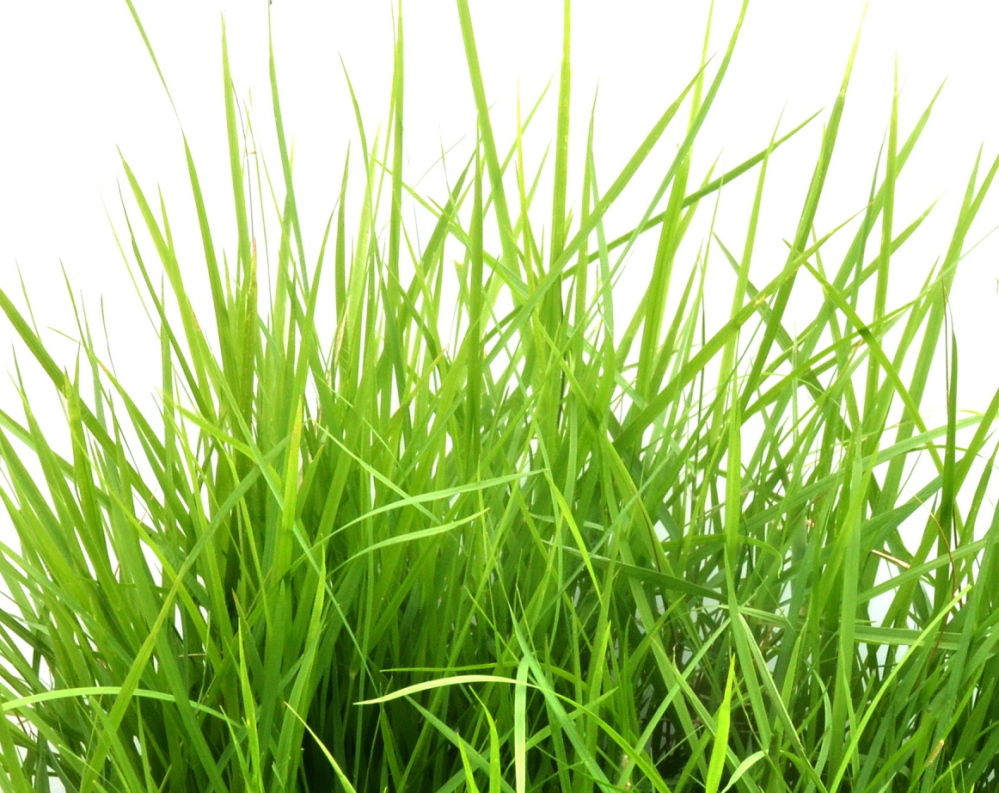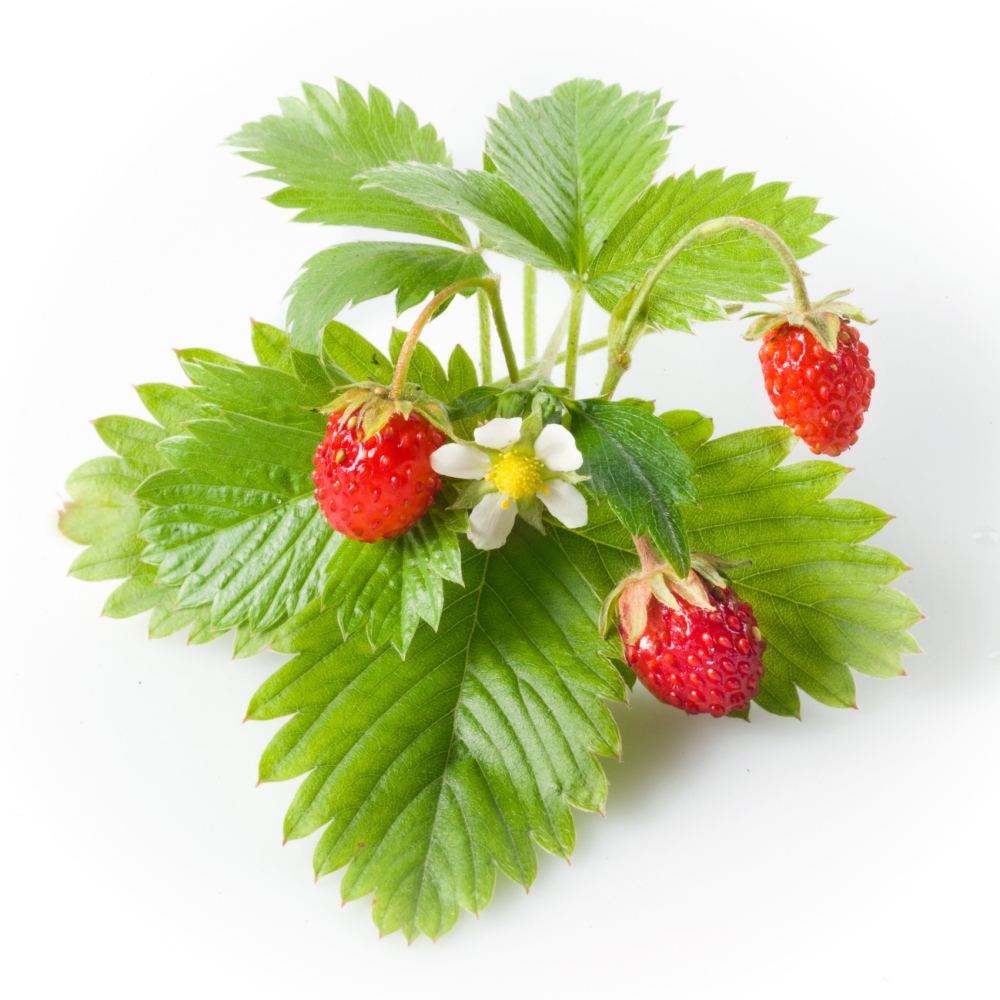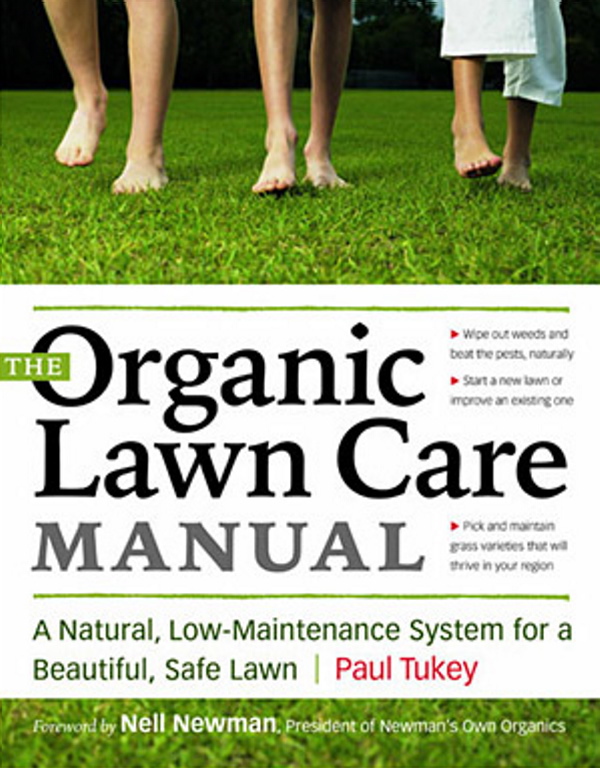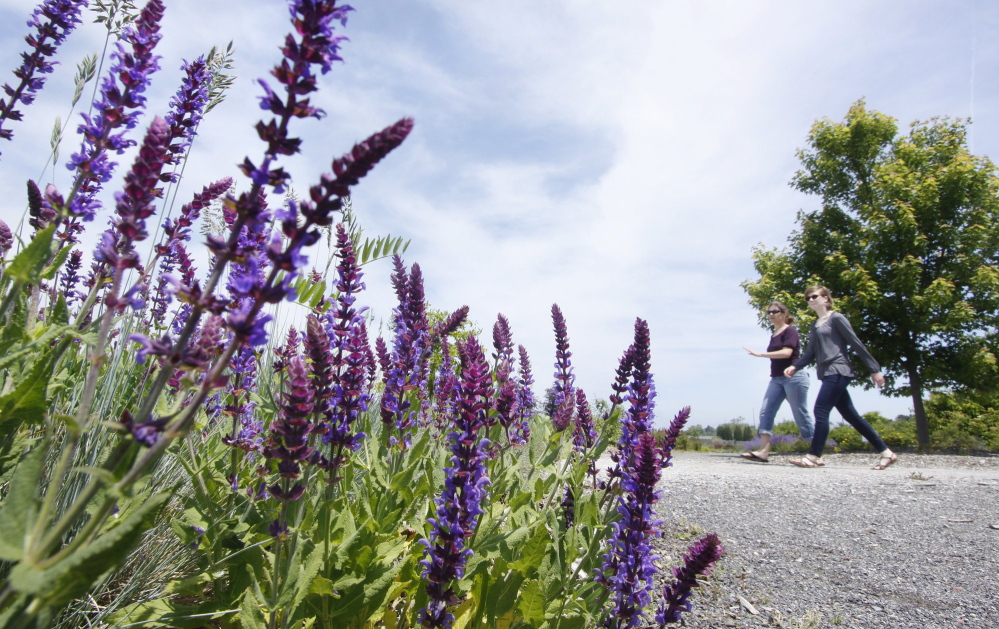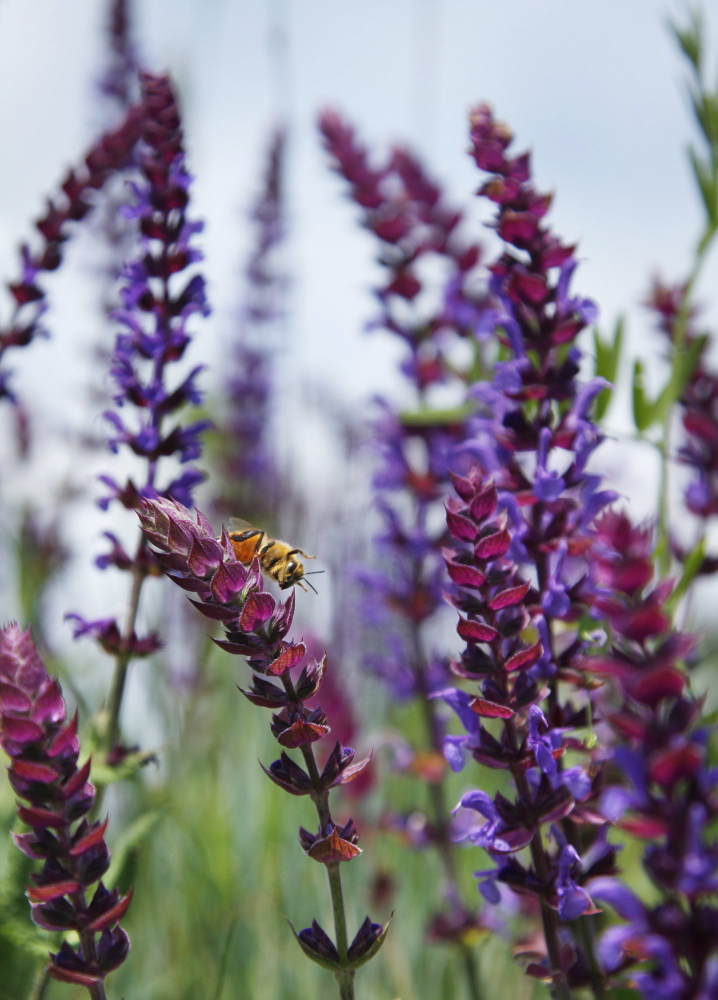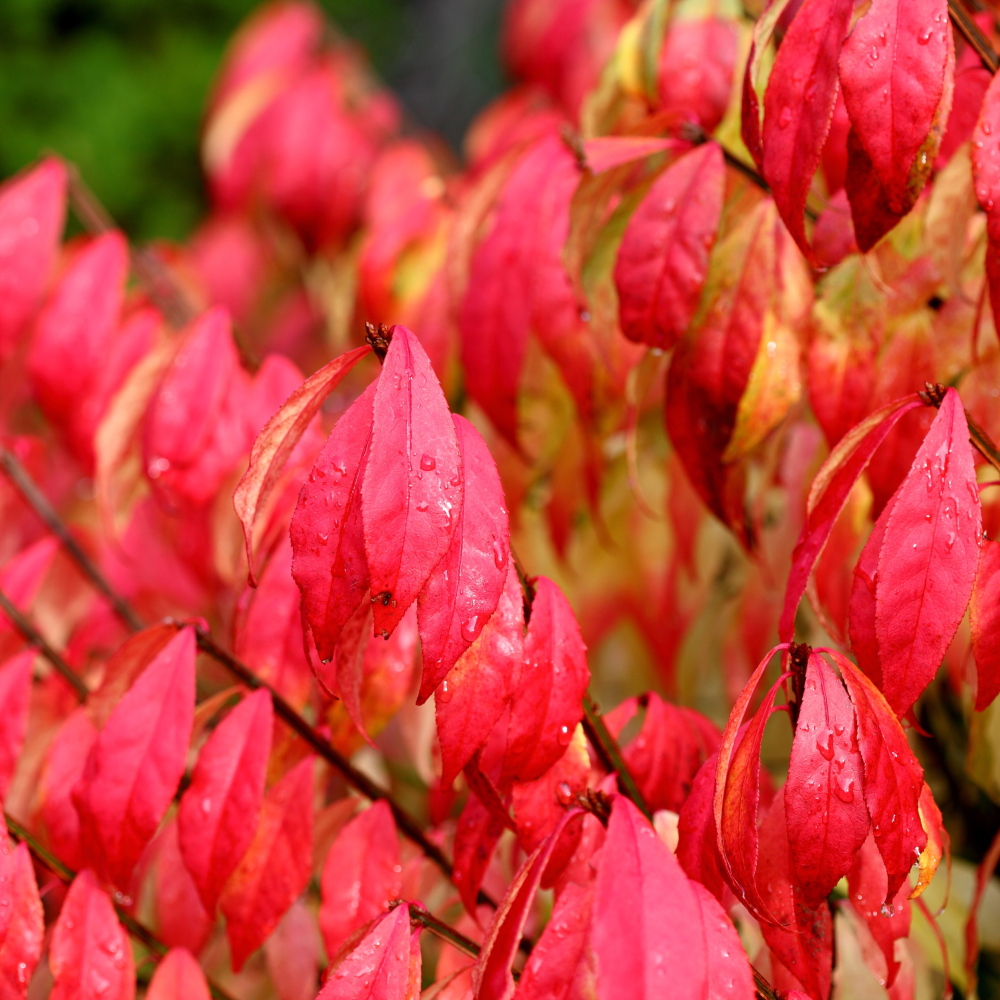Landscape planners encourage us to visualize the area around our homes in terms of rooms that act as external living spaces. If we extend this idea, going beyond visions of upscale patios with grill stations, we can see our yards as habitats that help supply what we need to thrive: food, water, community and beauty.
Consider starting with “edible landscaping” – plants that provide fruits, blooms, roots and greens to enjoy through the growing season. Foraging opportunities include plants that typically have only decorative use – like daylilies and wild beach rose. Ample guidance exists for those seeking to create edible yards, thanks to the tireless efforts of Scarborough’s Roger Doiron, founder of Kitchen Gardeners International (kgi.org), and book authors like Rosalind Creasy and Lee Reich.
To generate abundant food, your backyard habitat will need consistent water. Gutters and rain barrels can capture downpours and help redirect water to plants during dry spells. Mulching with materials like shredded leaves or composted wood chips can help the soil hold moisture, and reduce the number of uninvited plants that take up residence. Mulching also helps feed the staggering number of microorganisms that share in the habitat underfoot: one square yard of healthy soil can contain more than a billion bacteria, fungi, nematodes, earthworms and other creatures reliant on organic matter. To keep them happy, factor a “compost room” into your yard design if you can, or sign up for a service like Garbage to Garden that takes away food scraps and delivers finished compost.
Many species that live within backyard habitats contribute to the health of the whole in ways we’re only beginning to understand. It helps, therefore, to approach yard management with humility – striving to observe carefully, learn continually and consider the essential needs of other creatures. In her book “Suburban Safari,” South Portland writer Hannah Holmes characterizes this as a move from “biological boss” to “benevolent dictator.”
In an increasingly developed and polluted world, our yards need to be a safe haven. Consider, for example, a pair of warblers that takes up residence in a nearby bush. They’ve migrated thousands of miles, possibly from wintering grounds compromised by deforestation. That journey, made more challenging by light pollution, may have been through areas of drought where food and water were scarce. Their grassy nest is interwoven with ubiquitous plastic trash. Will the yard they rely on for insects be doused with toxic lawn-care products?
If we take a communal view of our yards and acknowledge the needs of all the resident creatures, applying pesticides becomes a short-sighted and untenable choice. By definition, habitats are places that foster life, so deliberately introducing a far-reaching agent of death produces a fundamental conflict. E.B. White described this paradox in his 1949 poem “Pasture Management” (see sidebar) about the herbicide 2,4-D. Still a common ingredient in lawn-care products (with more than 40 million pounds applied annually in the US), 2, 4-D is linked in numerous studies to groundwater contamination, wildlife die-offs and non-Hodgkin’s lymphoma.
As White demonstrates, taking a more benevolent view of our fellow species moves us beyond the spray-bottle illusion that we can eliminate unwanted “pests.” When we see ourselves as part of an interdependent community of organisms, we gain confidence that imbalances will rectify themselves if we foster the health and resilience of the whole. That principle applies in our yards, and in our watersheds – where our backyard actions have impacts far downstream.
ABOUT THE WRITER
MARINA SCHAUFFLER, Ph.D., is a writer and environmental consultant who runs Natural Choices (naturalchoices.com). She is also a volunteer Master Gardener.
Send questions/comments to the editors.

